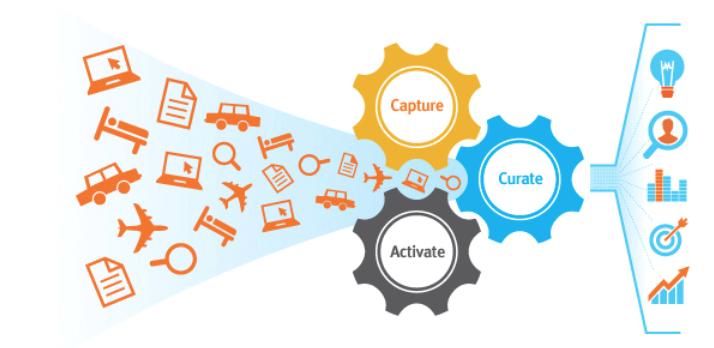The Problems with Programmatic Advertising Online
You’ve probably heard of programmatic advertising. Many big companies have invested a lot of money on this marketing platform and in fact, in 2014 alone, businesses in the US have increased their programmatic ad buying budgets to 32%, amounting to $9.8 billion. Experts have also projected that half of online ad sales in 2018 will come from it.
But just how good is programmatic advertising, really? Is it as cost-effective as they say?
Programmatic advertising basically automates the decision-making process of where to place ads. It employs artificial intelligence and uses real time bidding for online ads displaying not just on desktop computers but also in social media as well as mobile and video. Its goal is to maximise your ad budget’s return on investment (ROI).
Optimisation strategies that are implemented manually can easily blow your ad budget while you’re in the process of doing trial and error to find out what works and what doesn’t. But with programmatic advertising, you don’t have to do all these tests and experiments. You simply plug the information regarding your campaign goals and KPIs and it will get to work right away. It starts by using predictive analysis and from there, progresses and evolves by focusing on what’s working.
Theoretically, programmatic advertising is fantastic. It seeks sites with the least expensive ad space so fewer dollars are wasted as a result. It targets specific audiences by using cutting-edge analytics to boost the effectiveness of your ad campaigns, refining potential targets by looking at value-assigned activities so your ads aren’t shown to less ideal readers. It also frees you of tasks centered on identifying ideal ad spaces, brainstorming and bidding for these spaces because the program will do it all for you. That means you’ll be able to focus more on other aspects of marketing and running your business.
But in spite of all the benefits that programmatic advertising can offer, it also has its share of drawbacks.
The main problem with this approach is that there’s a high chance your ads can be displayed on the wrong websites. Ads that are placed on popular sites perform 50% better. Conversely, if the ad shows up on a bad (or inappropriate) site, then it will cause the reader to think less of your brand. And let’s not forget that it’s also possible for an ad to land on a website whose traffic isn’t real. So you’re essentially paying money for nothing.
That’s not all. Because the process is automated, it can be difficult to keep track of where your ads show up and whether your target audience actually sees them or not.
And it’s also susceptible to fraud. Columnist Ratko Vidakovic, who is an authority on programmatic ad buying, believes that the programmatic ecosystem is fraught with fraudulent activities because some sites can easily be accessed by bots leading to unnecessary costs to the advertisers. A study conducted by the Association of National Advertisers, which tracked 181 campaigns, found that 23% of all video impressions were caused by bots.
There’s no doubt that programmatic advertising can optimise the outcomes of your ad campaigns. But you need to be aware of the risks before you jump on the bandwagon.


No Comment